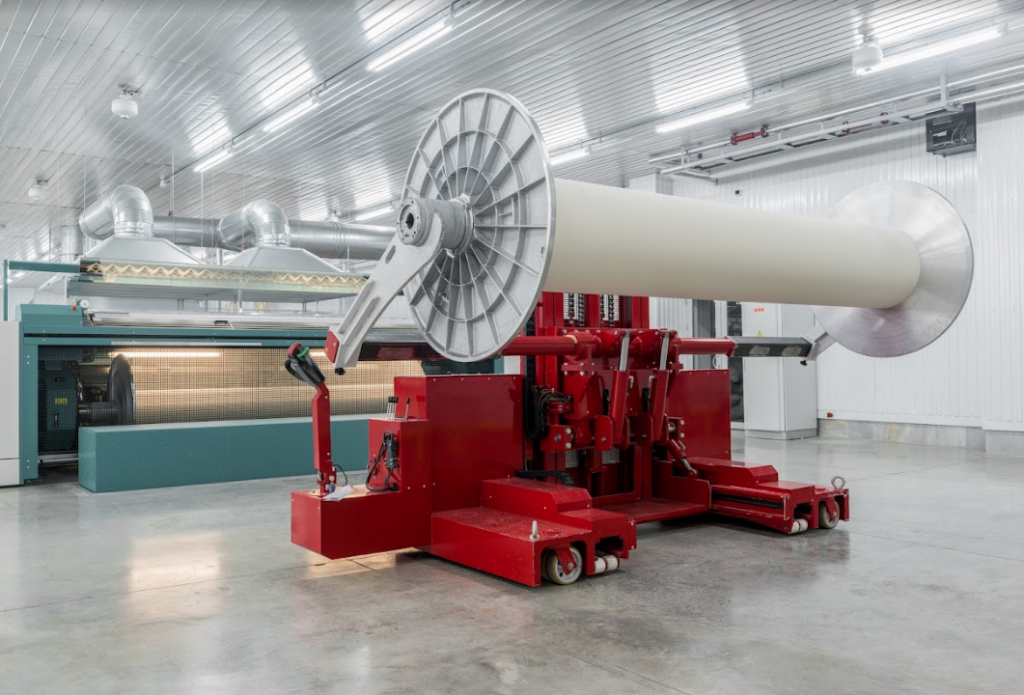How to Repair Damaged Concrete Floors at Stadiums

Stadiums are very large and impressive buildings for sports and other events, and they have a lot of concrete floors that experience more wear and tear than many places. Between foot traffic from attendees, foot traffic from employees and athletes, to a number of vehicles both large and small that have to make their way in and out of the building, concrete floors take a beating. While stadiums are built to last, they will still need some concrete repair from time to time. Today, we’re going to take a look at how to repair damaged concrete floors at stadiums.
What Causes The Damage?
Concrete can be damaged in a lot of different ways, but the biggest culprit is general wear and tear over a long period of time. It’s important to fix concrete when you notice damage, because if it’s left unrepaired, several other factors can cause more extensive damage – like exposing the concrete to oil or chemical spills that can corrode the floor, allowing moisture to seep into the cracks, poor cleaning because of the cracks, and vehicles driving over the cracks, causing more stress to those cracks.
How Do You Fix It?
First, you have to consider the extent of the damage. Smaller surface-level repairs may only require using caulk or filler to fill a crack, while larger jobs may need a deeper repair to ensure that more serious damage is addressed. Here’s how to take care of those larger repairs:
- After making sure you’re wearing the proper protective gear, chisel the sides of the crack or hole to square them off. This helps the bonding material adhere to the sides of the hole more easily than rounded edges.
- Sweep up any large chunks of concrete and debris, then take a shop vac to suck it all up. Make sure you take the shop vac to every little crevice to make sure it’s completely clean. To get it extra clean, get a wire brush and some water and scrub the area. This will help with getting everything to adhere later.
- Brush a bonding agent into the crack or hole. Be sure to cover every inch to ensure that the concrete will adhere. Once you complete this, let the bonding agent dry for one hour.
- Mix your repair mortar by pouring your dry mortar into a bucket. Then add the recommended amount of water to it. Mix it with your trowel, your hands, or an electric mixer until it reaches a peanut butter-like consistency.
- Scoop the mortar into the area that you wish to repair. Be sure to fill the space as much as possible. Press down on it to ensure that it fills every small hole in the concrete.
- Scrape the trowel across it lengthwise to level the surface. While doing this, you can scrape away any excess mortar. Also, make sure you scrape it onto the uneven edges so the mortar meets the existing concrete. Finish this process by getting a larger trowel and scraping it across the concrete one more time. This ensures it’s all even.
- Let the mortar dry. If it’s lying in direct sunlight, be sure to cover it up. High heat may dry it quicker, but it will also make it weaker. You can cover it with a cardboard box or something similar for the time being. Let it dry for at least 24 hours before attempting to walk on it. Mark the area off somehow to ensure no one walks on it in that time frame. That can cause damage to your repair.
What Not To Do
One thing you don’t want to do while patching up your floor is to cut corners. Covering cracks with epoxy is at best a short-term and temporary solution. At worst, it only makes more work for whoever ends up fixing your floor later. They’ll have to deal with the damage from the crack. They’ll also tackle poorly applied epoxy that may crack before it even dries. You shouldn’t attempt a concrete repair on your own. When it comes to repairing concrete floors, it’s a good idea to hire a professional for the job.

